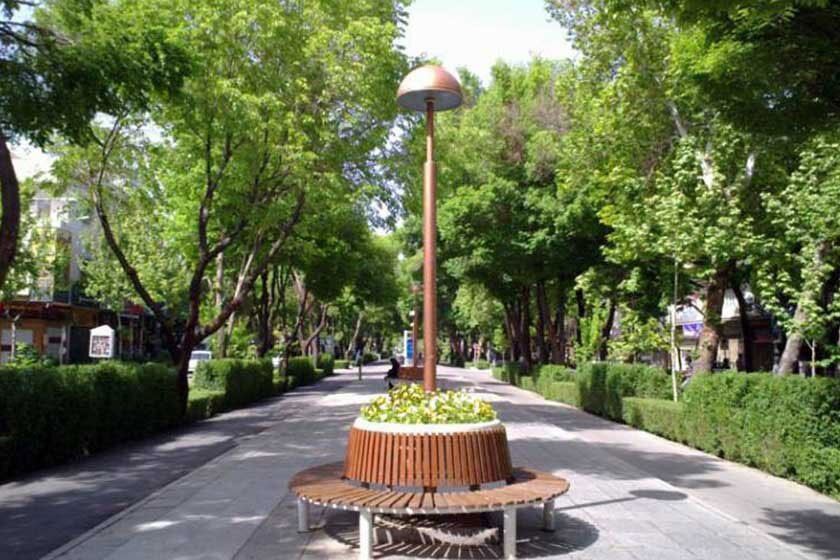Iran (IMNA) - The pedestrianization of the space between Ghods square to Khajoo square has been under discussion for many years because of the poor air quality, congestion and heavy traffic in the area.
The Project have often been paused due to the challenges with redirecting buses, as well as concerns about multiplying travel times and potential losses for taxi drivers.
"Over the recent years, pedestrianization and urban adaptations for the disabled have been flourished to the extent that more than 20,000 square meters of pedestrian precincts added to the city's public spaces area, " the director of Isfahan's municipal district 3 Hosein Kargar said.

Addressing the importance of the pathway between the Ghods Square to the Khajoo Square, Hosein Kargar added, "during pre-Safavid era, the path direction of commuting from the city center to the southern Isfahan was the Hassanabad route; in the course of Safavid dynasty, this roadway was revamped and the Khajoo bridge built over the Zayandehrud river following the refurbishment processes; so, this thoroughfare from Atiq Square (Imam Ali Square) to the bridge is of paramount importance."
This project is a tactic to re-attract people to the Isfahan’s core and its walkable environment and finally restore the city’s inhabitability.


Your Comment